
Þingvallavatn Lake
With an abundance of natural sites to see, choosing where to go and what to do with our limited time was difficult. Should we follow the tourist route or should we head out on our own?
With numerous options available we decided to head towards Þingvellir National Park. It may be one of the busiest tourist attractions in Iceland but who could deny a visit to this site based on the fact that not only are you graced with awe-inspiring landscapes, the history of this UNESCO World Heritage Site would pull on any inquisitive mind.
Setting off from Nesjavellir on a snowy, white-bright sun infused morning, it felt like we were the only ones for miles. The roads were not only empty but a fresh layer of snow indicated that we were the first pair of the day to lay our mark on the crisp snowflakes. Creeping around the side of Hengill Volcano we got our first sight of Þingvallavatn, Iceland’s largest natural lake.
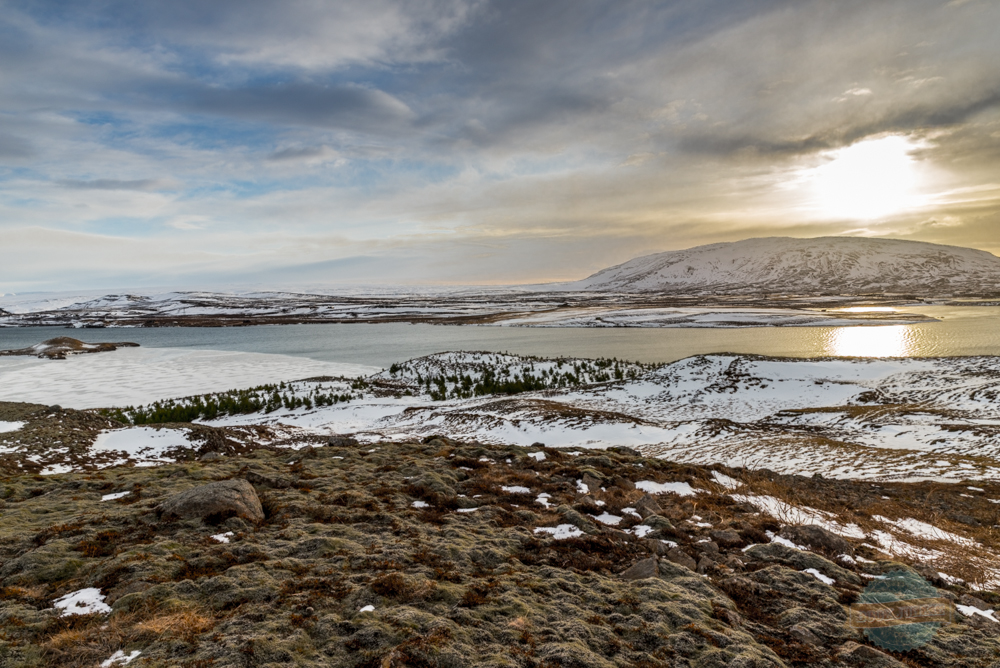
Þingvallavatn Lake
Memorised by the substantial, partly frozen deep navy blue lake we pulled our car over so we could fully absorb the scenery around us. Steep hillsides, with a splattering of large uniquely designed homes, wintry trees and bushes, descending down towards the glistening water edge.

Views across Þingvallavatn

Þingvallavatn homes
Not only is Þingvallavatn the largest lake it is also the deepest in Iceland, constantly being topped up with icy water from the Langjökull glacier and well worth a detour if you get the opportunity.
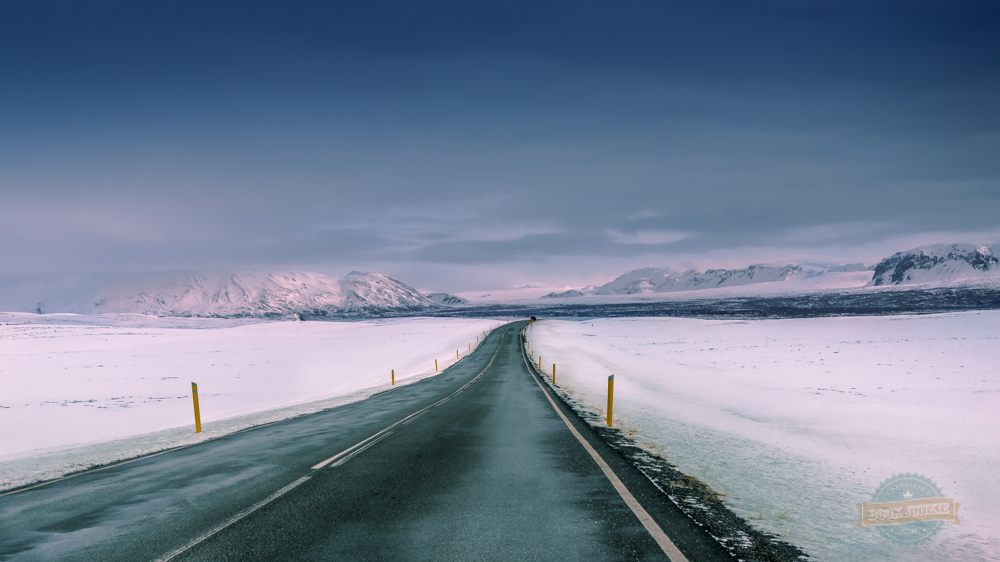
Road to Þingvellir
Back on the road and within minutes we get our first glimpse of the birch woodland surrounding the Þingvellir National Park. Trailing as far as the eye could see, breath-taking against the wintry backdrop, it is an amazing sight. When faced with such beauty, once again, I find myself questioning why certain countries feel the need to constantly uproot nature in order to expanding the housing landscape. Not for the first time, I begin wondering what it would be like to live in a country that has not been overdeveloped.
After taking in the treetops from afar we begin to drive on with a mission to find a quiet spot to park up and explore. Now, considering this is meant to be one of the biggest tourist attractions in Iceland, seeing 1000’s of visitors each year, I was completely surprised when we arrived at the car park closest to the Law Court assembly point. In the surrounding around we could see only a handful of other visitors exploring which meant we would have the freedom to stop and enjoy the park in relative peace and quiet.
Why you should visit?
If you are thinking that this is too touristy for you, then think again. Þingvellir National Park is not only a beautiful setting in which to go wandering it is also an area of historical, cultural and geological importance.
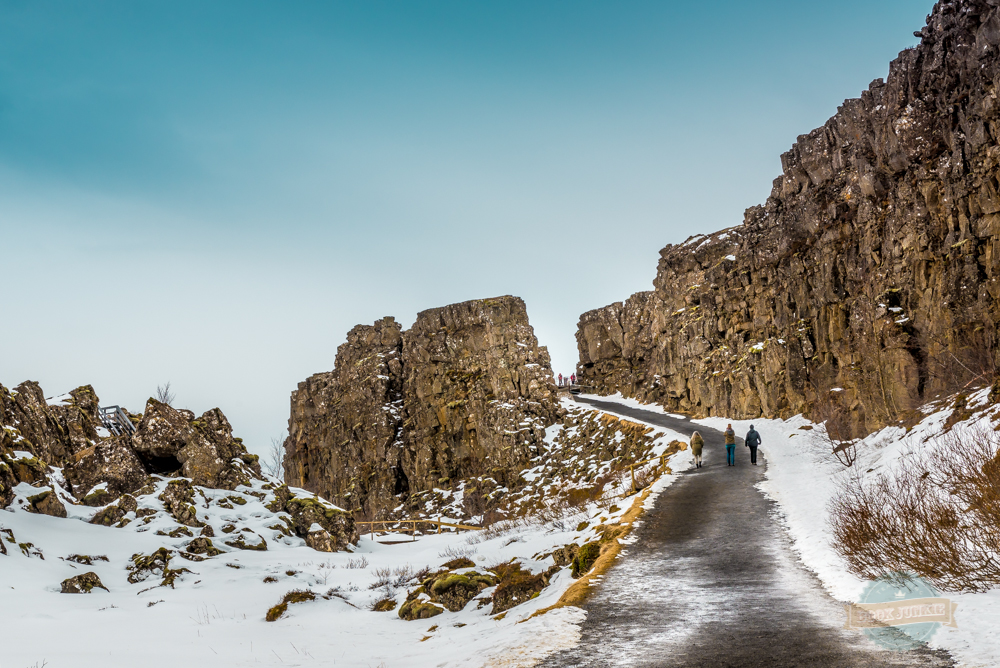
The Rock Formations of Þingvellir
Walking along the cobbled track towards the grand rock formations it is easy to see why so many people do visit each year. The natural beauty of this park stretches for miles meaning that you could easily spend the day rambling along the local trails, eating up the fresh air and not pass another soul if you heart so desired. Add to this the 172 different species of plant to spot whilst wandering this great expanse of land it is a nature lover’s paradise.
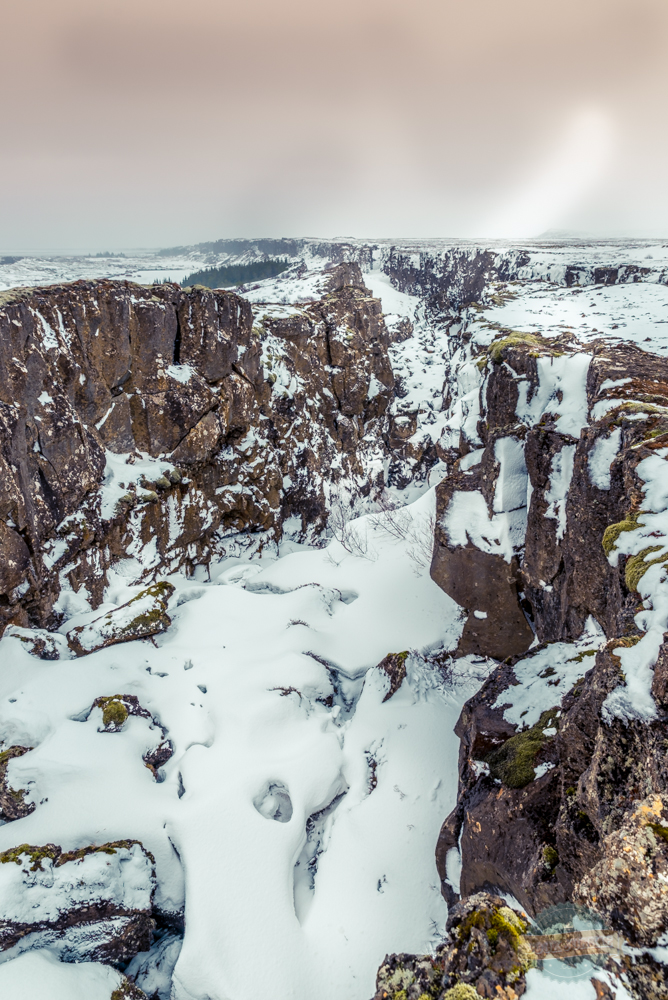
Rock Formations
History geeks are also accommodated here. Þingvellir was the home of the AlÞing General Assembly, a closed council, from 930 until 1798. Yearly, the most powerful leaders of the commonwealth would come together on the ‘Parliament Plains’ to discuss legislation and dispense justice. The centre of the gathering, which is still visible today, was the Lögberg (the Law Rock). This is where the Lawspeaker would preside over the gathering, reciting laws, proclaiming the procedural laws and setting sentences for crimes committed.
Ōxará, today is a pleasant, clear-flowing river culminating into an impressive waterfall. It is a peaceful place to stand and ponder over the revealing history of this area but it is also the location of the drowning pool (Drekkingarhylur). Up until the early 18th century this was a barbaric execution zone where women who were found guilty of crimes would be tied into sacks and drowned.
Until visiting, I knew nothing of this history and whilst I should not be surprised by the acts of punishment given the era, it still shocked me to think that something so callous could take place in an area of such beauty.
If however, history doesn’t interest you, visit solely to experience the geological marvel of the moving tectonic plates. From the viewing platform at Harkið you can see across the park and into the Almannagjá rift. Here you will see the boundaries of both the Eurasian and North American plates drifting apart into a stunning canyon whilst other smaller fissures have appeared, often making way for crystal clear waterways.

Views across Þingvellir National Park
Whilst we did visit during the winter months when the winds can be biting and the icy weather causes the footpaths to turn into a skating ring, the sweeping views spotted with snow makes this a location that stands out.
As for the hordes of visitors… we didn’t stumble across them. This park is so large that even if several coach loads were to turn up you could still find a small space void of other human life.
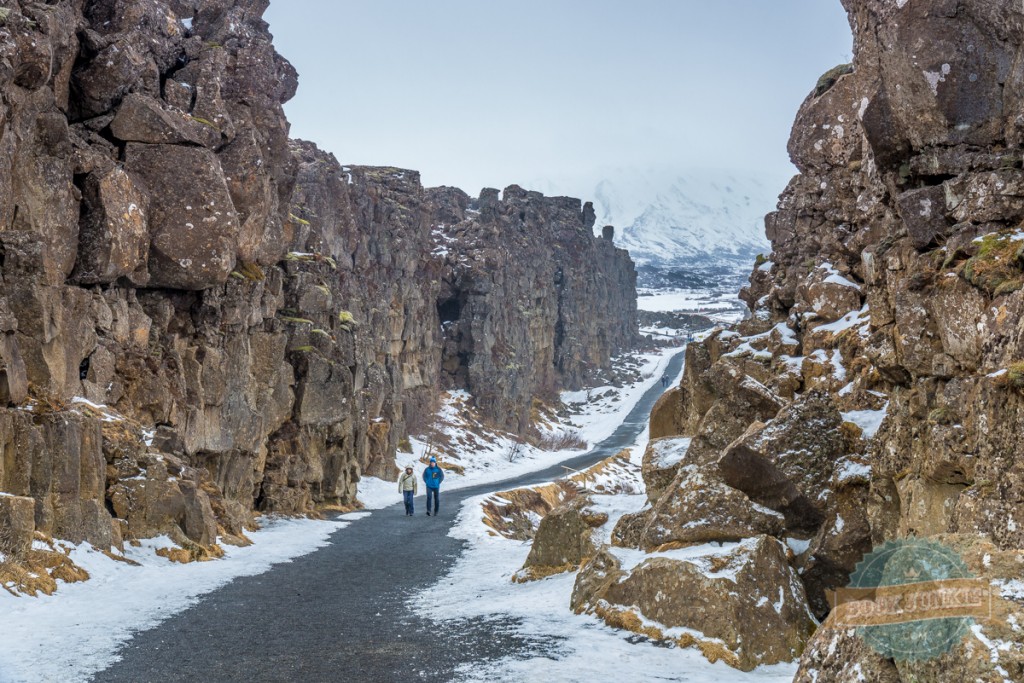
Visitors to Þingvellir
In my opinion, this is a place of natural beauty that everyone should experience when visiting Iceland.
Want to plan your trip? Check out http://www.thingvellir.is/english for more details

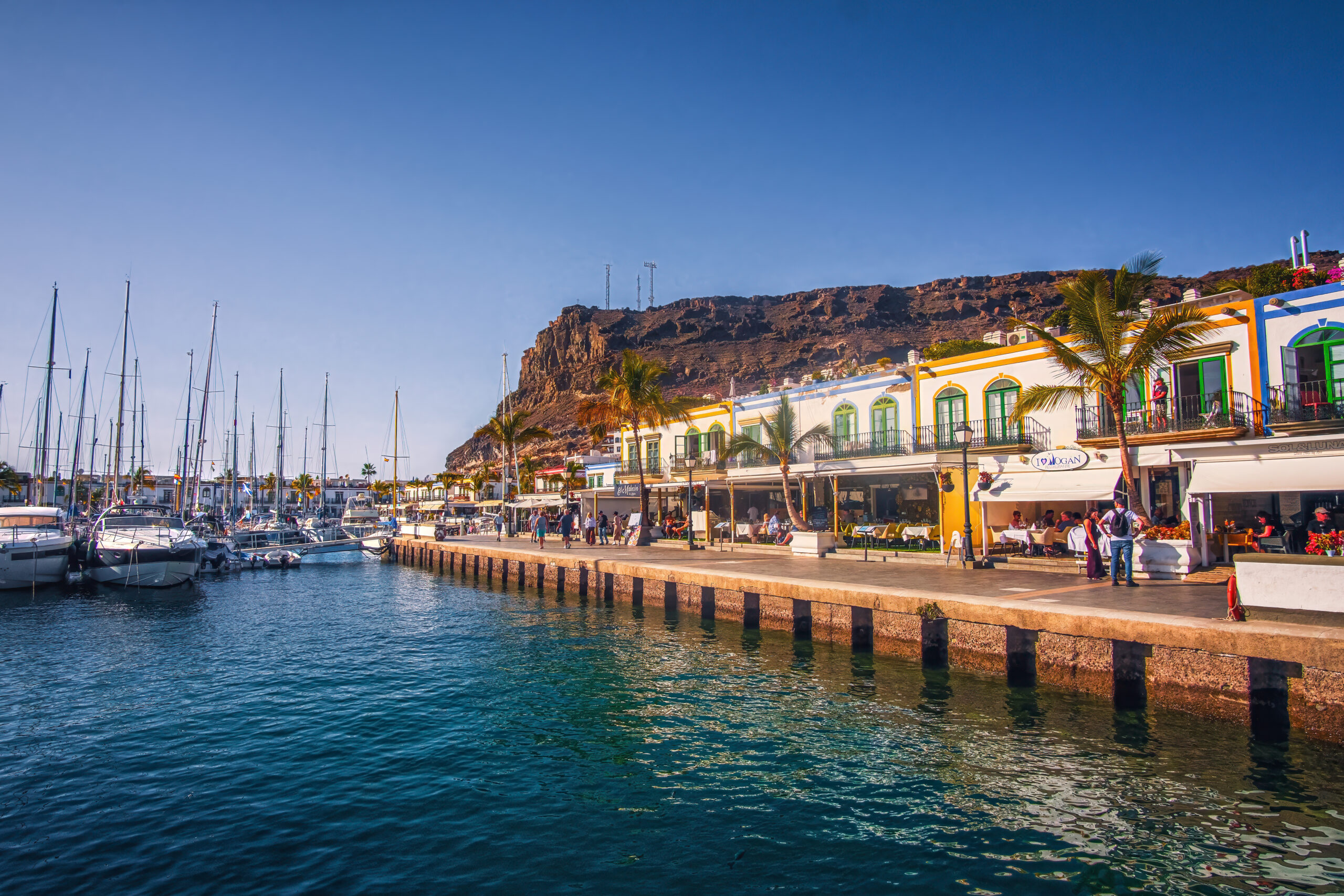



Epic photos! I visit Iceland in the spring and fell in love but to see it in the snow is a whole new breathtaking! Even in the spring there weren’t the crowds like so many other destinations but it’s time is coming!
Next time we visit, I would like to go during the spring/summer months. I quite like the idea of going during a time when the sun doesn’t set.
The beauty of the word never ceases to amaze me. You just moved Iceland higher up on my bucket list. Thanks. –Curt
Glad to hear that Iceland is on your list, it is a beautiful country.
Great post. I didn’t appreciate the park for what it is when I was in Iceland a few years ago. I hadn’t done my homework and so we pretty much passed it by. I’ve regretted that since. I made it to Jokulsarlon though! Such an amazing country.
Thanks Tanya. What a shame you didn’t explore the national park but great to hear that you made it to Jokulsarlon – such a beautiful spot! One of the highlights from our trip!